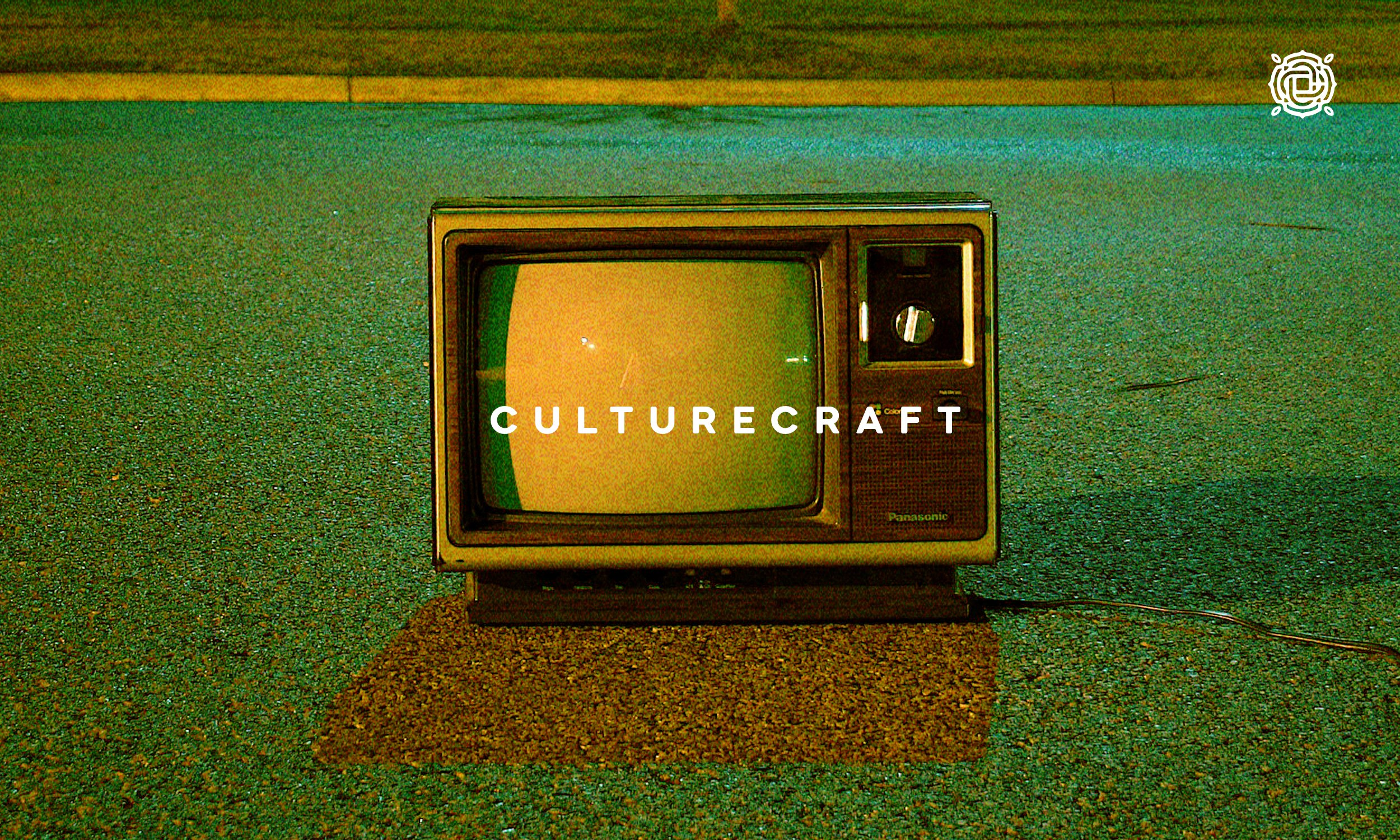Are Subscription Services Actually Producing Customer Loyalty Or Something Else?
A few weeks ago, Toyota made the decision to move the remote-start feature on their cars (accessed through the key fob) to a subscription-based model.
In other words, if it’s frigid outside and you want to start your Camry from the cozy comfort of your living room…you now have to pay $8 a month to do that.
Understandably, some Toyota owners felt left out in the cold (some lines just write themselves). Based on the backlash of its disgruntled customers, the Japanese auto giant has since begun reconsidering its subscription decision.
Whether they made the right decision or not, subscription services like Toyota’s are springing up everywhere. According to a report from Zuora, the so-called Subscription Economy has grown nearly 6x (or over 435%) in the last nine years. From Taco Bell to TV, music to groceries, subscription services keep growing in popularity – and for good reason.
They work at generating revenue.
Better yet, subscription services found a way to make automatic one of the trickiest customer traits to nail down: loyalty. Or at least, they look like they do on the outset.
But are subscriptions really creating customer loyalty? And do they really benefit both brands and customers in the long term?
Subscribe To This
From time immemorial, consumers have been “subscribing” to things – which is to say, being repeat customers. Go back far enough and you’ll find a dad in Babylon who wouldn’t change his chunky beer brand for all the hanging gardens you could dream up. It’s his brand, and by Marduk, he’s gonna stick by them.
And while we might have invented thinner beer, wifi, and electric cars since those good ol’ days, the nature of the brand\consumer relationship hasn’t changed much. Brands still want to be their customer’s one and only beloved.
But fundamental to any brand succeeding, is how that brand sees their customer – how they esteem them. And that means successful brands don’t look at their community with naivete or cynicism, but with the clear lenses that come with believing the very best about a customer before they’ve bought a single thing from them.
When your customer feels seen with that kind of clarity, that kind of differentiation, the chance of a brand cultivating loyalty is high.
Because people want to be loyal to a brand, especially when they feel it’s been loyal to them.
In this way, many subscription services come close to achieving loyalty from customers. But in the end, most fall just short.
When a company keeps its word and continues to deliver what was promised week after week, month after month, customers feel that their confidence has been, at the very least, met. They feel remembered. But do they feel seen? How about sought after? Rooted for?
Most subscriptions deliver regularly what was promised at payment. But is this really loyalty? Is the rote shelling out of money on a routine basis by a customer the same thing as loyalty?
No.
For loyalty to exist, there must be more than money paid regularly for a service or product. Otherwise, there’d be no need to find the right barber, newspaper, mascara, car, computer, or dinner delivery. Any would do if all that was needed was regularity. So then why do we go out of our way to go to that grocery store or that gas station or to buy that soap brand?
Relationship.
The Building Block Of Loyalty Is Relationship
To find someone or some brand to be loyal to, requires the customer feeling seen and known. It requires relationship. And while some subscriptions get close to generating this feeling, many aren’t actually producing relationships. They’re one sided at best, with the brand acting as an information gatherer, not a life partner.
Brands and subscriptions like this are incapable of producing real loyalty, because they give very little of their own out.
While some subscription services truly care for their customers, expending effort to learn about them and cater to their highly personalized wants and needs, most aren’t like that. I don’t feel particularly understood by my Adobe subscription, or my Microsoft Word subscription. My Apple Music subscription remembers which songs I play most each year, and encourages my particular tastes, but little else. Netflix and HBO always seem to care more about creating what they think is awesome, than creating what I actually think is awesome.
I’ll bet not a lot of Toyota owners feel super loved by their shiny new $8 a month remote-start subscription.
A subscription alone doth loyalty not yield. It may be a damn good start, but it’s up to brands to do more if they want to cultivate more than just repeat dollars. And brands should be deeply invested in generating more than simply repeat revenue, because if not, their aspirations are no greater than their competitors.
Producing loyalty takes more than simply collecting a consumer’s money and doing what you said you would each month. As former President and CEO of the New York Times Company Janet Robinson once wrote…
“Repeat business or behavior can be bribed. Loyalty has to be earned.”
More Than Subscribed
Without a brand’s commitment to truly care for their customers, offering a subscription service runs the risk of further enabling a company or service to become relationally complacent. To avoid this, brands in the emerging economy must double down on building loyalty-producing relationships with their customers.
Too many brands believe that the only growth that matters is widening customer pools\sales\revenue. So much of their effort is spent there.
But in the emerging economy, brands that want to succeed must also grow in depth of relationship with their customers.
Subscription services themselves have already recognized this truth, and the very best ones use relationships with their customers to set themselves above competitors. They keep surprising their customers, cultivating wonder and joy, and including regular extras that say “we thought of you because you matter to us”.
Those are the actions of a brand that realizes loyalty is a two-way street.
Is your brand ready to adopt a subscription model for some of your products and services? And do you know the best way to go about cultivating one?
We’d love to help.




